Human CXCL11/I-TAC ELISA Kit
$245.00 – $350.00
ELISA Kit Detail Information
| Related Target | |
|---|---|
| Species | human |
| Sample Type | Serum, plasma, cell culture supernatant, and other biological samples |
| Sample Volume | 10 μL |
| Sensitivity | 0.78 pg/mL |
| Array Range | 3.91 pg/mL – 250 pg/mL |
| Assay Time | 3.5 h |
| Recovery | 84% – 110% |
| Average Recovery | 94% |
| Intra Precision | 2.5% – 4.8% |
| Inter Precision | 4.4% – 5.0% |
| Plate | Detachable 96-well plate |
| Storage | If the reagent kit is unopened, it should be stored at 4℃. However, if it has been opened, the standard solution should be stored at -20℃, while the other components should be stored at 4℃. |
| Delivery | 4℃ blue ice transportation |
| Components | 96-well polystyrene enzyme-linked immunosorbent assay (ELISA) plate coated with anti-CXCL11/I-TAC monoclonal antibody Human CXCL11/I-TAC freeze-dried standard CXCL11/I-TAC detect Antibody Standard Diluent Assay Buffer(10×) Substrate TMB Stop Solution Washing Buffer(20×) Sealing Film |
| Assay Principle | This kit utilizes the double antibody sandwich enzyme-linked immunosorbent assay (ELISA) detection technique.Specific anti-human CXCL11 antibodies are precoated on a high-affinity ELISA plate. Standard samples, test samples, and biotinylated detection antibodies are added to the wells of the ELISA plate. After incubation, CXCL11 present in the samples binds to the solid-phase antibodies and the detection antibodies. After washing to remove unbound substances, streptavidin-HRP labeled with horseradish peroxidase is added. After washing, a colorimetric substrate, TMB, is added and the plate is incubated in the dark for color development. The intensity of the color reaction is directly proportional to the concentration of CXCL11 in the samples.A stop solution is added to terminate the reaction, and the absorbance value is measured at a wavelength of 450 nm (with a reference wavelength range of 570-630 nm). |
Related Targets
CXCL11
CXCL11 Target Infomation Overview
- Target Symbol: CXCL11, C-X-C motif chemokine ligand 11
- Gene Groups: Chemokine ligands
- Alias: H174; b-R1; I-TAC; IP-9
- Previous Names: SCYB9B; SCYB11
- Alias Names: small inducible cytokine subfamily B (Cys-X-Cys), member 11; chemokine (C-X-C motif) ligand 11
CXCL11, C-X-C motif chemokine ligand 11 Target Infomation by Species
- Human
- Mouse
- Rat
Human CXCL11 Target Information
- Target Symbol: CXCL11, C-X-C motif chemokine ligand 11
- Alias:
- b-R1
- beta-R1
- C-X-C motif chemokine 11
- chemokine (C-X-C motif) ligand 11
- H174
- I-TAC
- interferon gamma-inducible protein 9
- interferon-inducible T-cell alpha chemoattractant
- IP-9
- IP9
- MGC102770
- SCYB11
- SCYB9B
- small inducible cytokine B11
- small inducible cytokine subfamily B (Cys-X-Cys), member 11
- small inducible cytokine subfamily B (Cys-X-Cys), member 9B
- small-inducible cytokine B11
- NCBI_Gene: 6373
- UniProtKB: O14625
Human CXCL11 Predicted Functions
Enables CXCR3 chemokine receptor binding activity; chemokine activity; and heparin binding activity. Involved in several processes, including T cell chemotaxis; chemokine-mediated signaling pathway; and positive regulation of release of sequestered calcium ion into cytosol. Predicted to be located in extracellular region. Predicted to be active in extracellular space. Biomarker of bronchiolitis obliterans; chronic obstructive pulmonary disease; and pulmonary sarcoidosis.
Mouse Cxcl11 Target Information
- Target Symbol: Cxcl11, chemokine (C-X-C motif) ligand 11
- Alias:
- b-R1
- betaR1
- H174
- I-TAC
- IP9
- ITAC
- Scyb11
- SCYB9B
- small inducible cytokine subfamily B (Cys-X-Cys), member 11
- NCBI_Gene: 56066
Mouse Cxcl11 Predicted Functions
Predicted to enable CXCR chemokine receptor binding activity and chemokine activity. Predicted to be involved in several processes, including cellular response to lipopolysaccharide; chemokine-mediated signaling pathway; and neutrophil chemotaxis. Predicted to be active in extracellular space. Is expressed in head; nasal cavity epithelium; palatal shelf epithelium; palatal shelf mesenchyme; and testis. Orthologous to human CXCL11 (C-X-C motif chemokine ligand 11).
Rat Cxcl11 Target Information
- Target Symbol: Cxcl11, C-X-C motif chemokine ligand 11
- Alias:
- C-X-C motif chemokine 11
- chemokine (C-X-C motif) ligand 11
- SCYB11
- NCBI_Gene: 305236
- UniProtKB: Q7TNL0
Rat Cxcl11 Predicted Functions
Enables chemokine activity. Involved in immune response. Predicted to be integral component of membrane. Predicted to be active in extracellular space. Orthologous to human CXCL11 (C-X-C motif chemokine ligand 11).
Citations for Human CXCL11/I-TAC ELISA Kit
There are no citations for this product yet.
If you buy this product and mention it in your thesis, we welcome you to provide us with the thesis information. As a thank you, we will give you some gifts, such as discount coupons.
Citations data is updating...

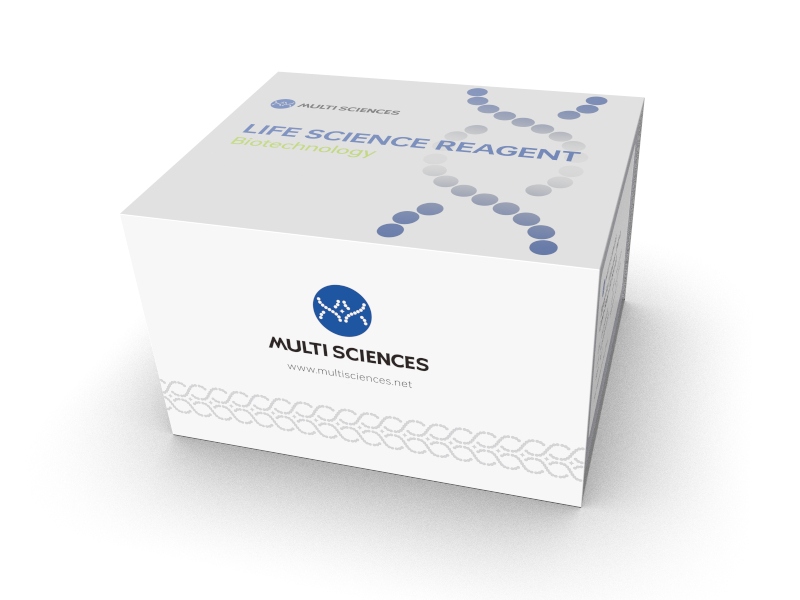
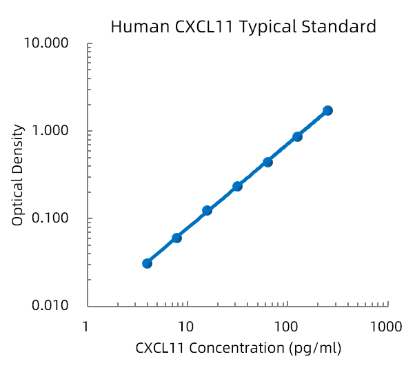
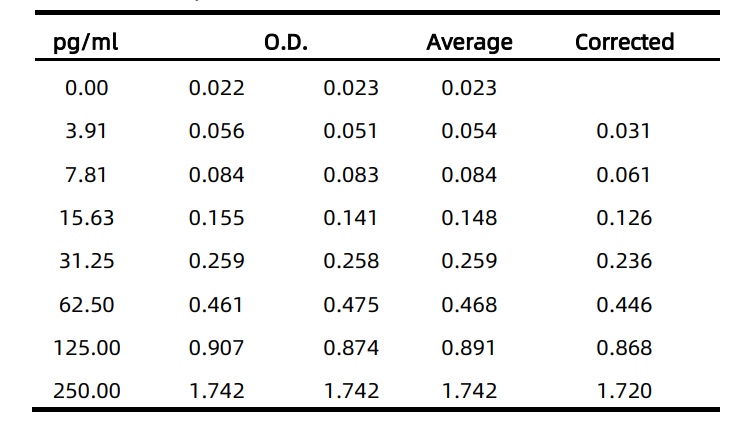

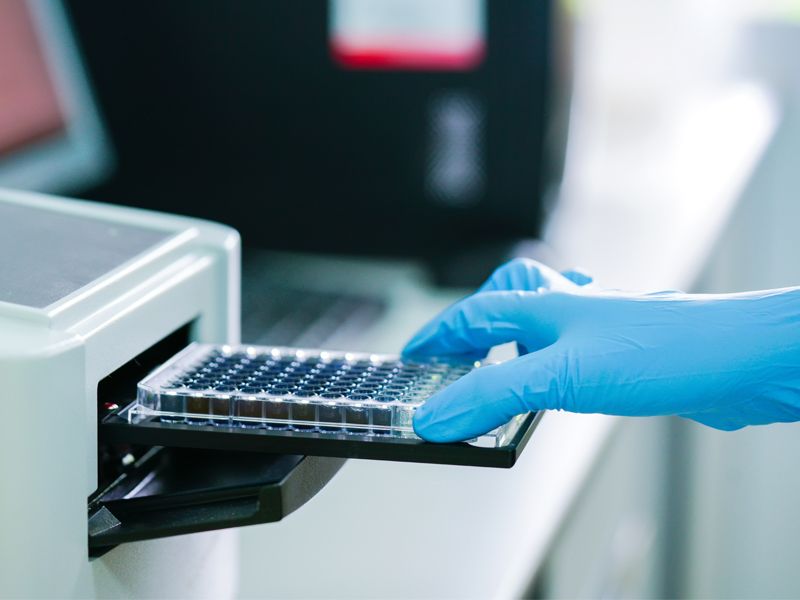
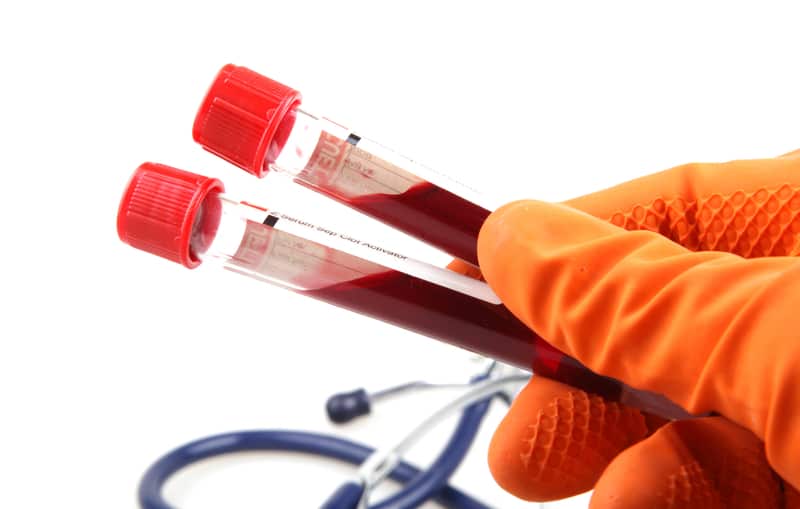
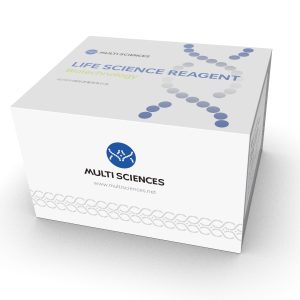
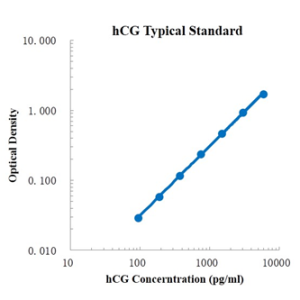
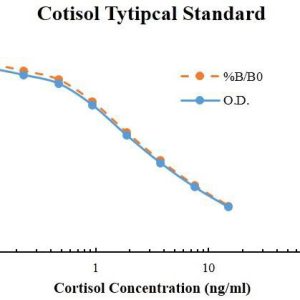
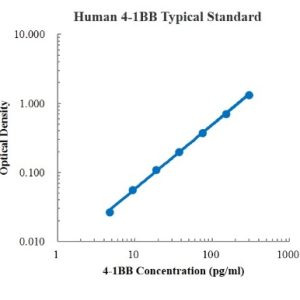
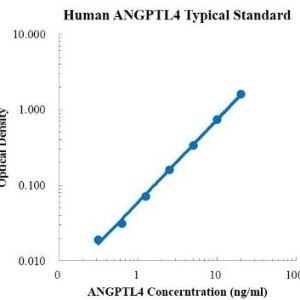
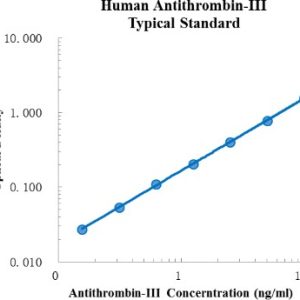
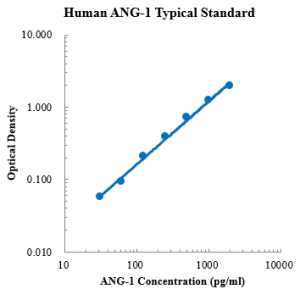
Reviews
There are no reviews yet.